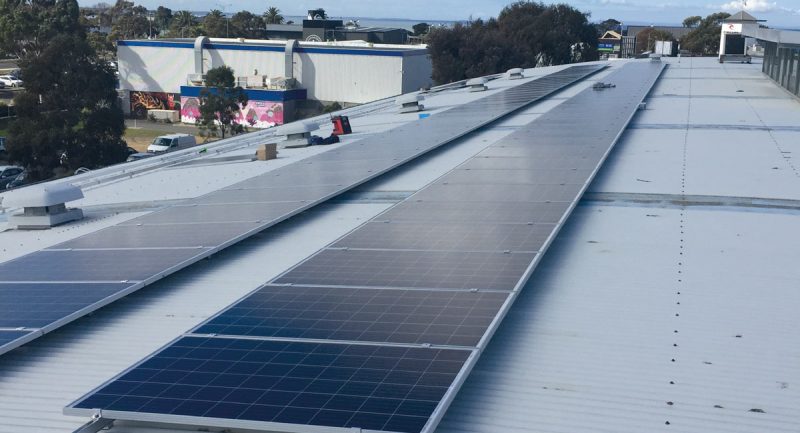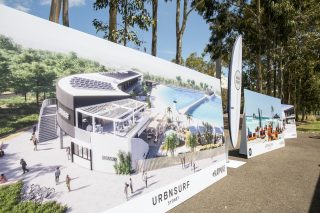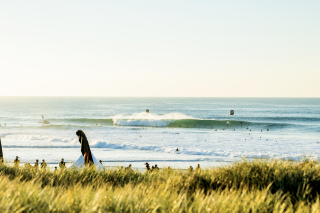ASB MAGAZINE:
At a Council-hosted ‘Smart Energy Smart Business’ seminar in Warrnambool (VIC), Rip Curl Operations
Manager Sam O’Dwyer gave a fascinating insight into the firm’s adoption of solar power. Sam’s a chartered accountant, and was previously CFO for Australia/NZ. His approach to solar energy wasn’t some green epiphany: rather, in scanning the annual budget, he saw the company’s energy costs and realised he needed to start the process. “There’s never a perfect time,” he told the seminar. “But we just had to get going.”
This was a couple of years ago. “We’re just starting on the new energy journey, Sam said. “We’ve done lots of work on sustainability of product, recycling and environmental impact, but energy is new.”
Sam and his team began with the “easy” job – updating all interior and exterior lighting to LED. Then they installed a 30kw/120 panel solar array on one of Rip Curl’s warehouses. “Stage 2A” is the installation of a 100kw, 400 panel array on the roof of the Torquay HQ and retail store.
“Community and the environment are one of our five pillars as a business,” Sam explained. “We want to minimise our impact on the environment as well as being leaders and early adopters in the local community. And energy costs were going up, and solar costs were coming down. We were facing some real pressure on our operating costs.
“We’d always understood the benefits of solar, but we were cautious. The cost of installing, smart energy not being an area of expertise for us. But we met a trusted provider and other respected businesses around us had also done the homework and the due diligence, which gave me confidence.
“The success of it, and matching the business case or proposal mattered a lot to me personally. I was putting my name to it, going to the CEO with it. The info provided by the supplier was accurate and conservative and was what we’ve been able to deliver.” The results were “instant”, according to O’Dwyer: the LED lighting was brighter and staff commented there were fewer shadows on displays and no flickering. “And they brought our maintenance costs down: in the large shed it was more efficient to wait for three or four lights to go out before we’d get the scissor-lift up there and change them over. Now, the LEDs have a 7-year warranty.”
Over twelve months, the firm’s seen a 17% reduction in energy costs, and saved 150 tonnes of carbon. An unexpected benefit, according to O’Dwyer, was that the panels are visible to the community and have become a talking point.
“People see and they comment, and our team love knowing they’re there when they come to work.”
And another problem was unexpectedly solved: “Tradies over the years had been going up on our roof to service plant, and were stressing and damaging it. The panels actually protect large areas and therefore lessen maintenance costs, and they create an air pocket underneath themselves, which moderates roof temperatures.”
Sam agreed with an audience question that the next step is battery storage, but admitted “the way I feel about them now is the way I felt about solar generally five years ago.” He added, “We’re not yet at the stage of putting energy back into the grid – it’s just bill reduction at this stage.”
Author Jock Serong










